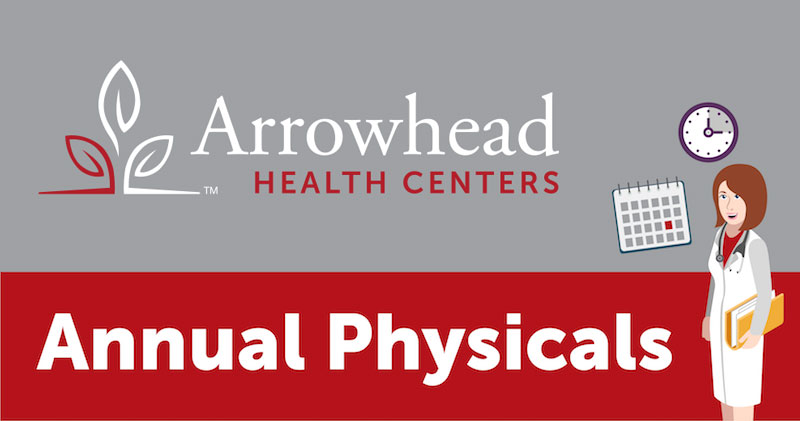 With each new year comes a trip to your family physician for an annual physical. These physicals are crucial to monitoring your health no matter what age you or a family member are. Another benefit of making this yearly commitment is to ensure that you always have updated medical records for future events. The exams performed vary from doctor to doctor, but you can be sure that an annual wellness exam will provide you valuable information about your well-being, age-related conditions, and future advice for living a healthy lifestyle. Here is what goes into a physical exam and what issues they can detect.
With each new year comes a trip to your family physician for an annual physical. These physicals are crucial to monitoring your health no matter what age you or a family member are. Another benefit of making this yearly commitment is to ensure that you always have updated medical records for future events. The exams performed vary from doctor to doctor, but you can be sure that an annual wellness exam will provide you valuable information about your well-being, age-related conditions, and future advice for living a healthy lifestyle. Here is what goes into a physical exam and what issues they can detect.
What to Expect at your Annual Physical Exam
When you go in for your annual wellness exam, the most common procedures will involve checking your vital signs. Your vital signs measure the basic functionalities of your body, mainly including your body temperature, pulse rate, and respiration. Checking these functionalities establish whether your body is reacting well to medications or stress. It’s common to have your height and weight measured at the beginning of the exam to determine your body mass index (BMI). You can expect a doctor to also have you lay down to press on your abdomen to inspect the position, size, and tenderness of your individual organs. This method can be used to identify abdominal conditions like appendicitis, hernias, and twisted Fallopian tubes. During your physical exam, a stethoscope can be used to listen to your lungs or intestines as well.
Checking Blood Pressure
Also considered a vital sign of the body, this part of the procedure is generally performed with an inflatable cuff that goes around your arm. When you visit the doctor, you may find yourself wondering why blood pressure is important. As a child, having high blood pressure is a warning for potential damage to the heart or brain. Detecting high blood pressure is also used to recognize prediabetic symptoms for patients of any age. As an adult, having high blood pressure is also a sign of heart disease or stroke risk. On the other hand, having low blood pressure could stem from heart problems, medication issues, allergic reactions, or nutritional deficiencies. Measuring blood pressure is a simple way to determine your body’s current condition based on what your age, weight, height, or diet.Annual Wellness Exams & Age
While physicals are important for everyone to participate in, the older you get, the more necessary annual physicals become. Kids and students need one to have to compete in sports or to monitor early signs of conditions caused by family health history. Adults over the age of 35 are at a much higher risk for impaired physical conditions. Going in for yearly blood tests and screenings can track iron deficiencies, thyroid disease, kidney disease, and multiple types of cancer. It should be noted that there are gender-specific exams may be included in your annual physical based on your age, such as exams for breast cancer, colon cancer, or testicular cancer.Why Yearly Physicals Are Important
Most annual physicals are completed within as little as 30 minutes to an hour, yet are incredibly important for keeping records of your health changes throughout the years. These quick appointments are convenient to catch any abnormalities or signs that could threaten your well-being later on. Regardless of your age, visiting a trusted AZ primary care physician can help you professionally monitor any physical changes your body is going through. This is also an excellent time for you to bring up any private questions that concern you about your current condition or recent discomfort you have been experiencing. Set up an annual physical appointment with a doctor you can trust by contacting 623.334.4000.






Leave a Reply